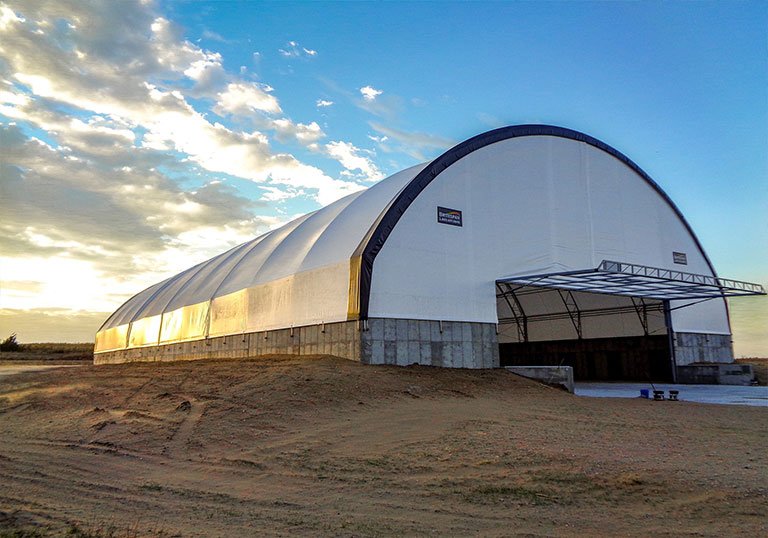what standard size of container shelter and advantage of container shelter
Views : 178
Update time : 2021-09-09
what standard size of container shelter and advantage of container shelter
Standard Sizes of Container Shelters:
Container shelters are structures designed to span between shipping containers, utilizing them as anchor points and side walls. These shelters come in various sizes, typically matching the standard sizes of shipping containers. Common sizes include:
- Width: 20 feet, 30 feet, 40 feet, and sometimes up to 50 feet or more.
- Length: Variable, often 20 feet, 40 feet, 60 feet, or longer, depending on the number and length of containers used.
- Height: Typically ranges from 10 to 20 feet or higher, depending on the design and intended use.

Advantages of Container Shelters:
- Cost-Effective: Container shelters are generally more affordable than traditional buildings, especially when repurposing existing shipping containers.
- Quick Installation: They can be erected quickly, often within a few days, making them ideal for urgent needs.
- Portability: Easy to disassemble and relocate, container shelters offer flexibility in changing locations.
- Durability: Shipping containers are made of strong, weather-resistant steel, providing a sturdy foundation and protection against harsh weather conditions.
- Versatility: Suitable for a wide range of applications including storage, workshops, garages, temporary housing, and event spaces.
- Expandable: Container shelters can be expanded by adding more containers and sheltering structures, allowing for scalable solutions.
- Customization: They can be customized with doors, windows, ventilation, insulation, and other features to meet specific needs.
- Security: The robust steel construction of the containers provides a high level of security against theft and vandalism.
- Environmental Impact: Repurposing shipping containers is an eco-friendly option, reducing the need for new materials and minimizing waste.
- Weather Protection: The shelter fabric often provides UV resistance, waterproofing, and wind protection, creating a controlled environment within the shelter.
Common Uses of Container Shelters:
- Storage: For agricultural products, industrial goods, equipment, and vehicles.
- Workshops: Spaces for repairs, manufacturing, and other industrial activities.
- Garages: Protection for cars, trucks, RVs, and boats.
- Agricultural: Housing livestock, storing feed and hay, and protecting machinery.
- Event Spaces: Temporary venues for events, exhibitions, and trade shows.
- Military: Rapid-deployment shelters for equipment, personnel, and operations.
- Emergency Relief: Temporary shelters for disaster relief and humanitarian efforts.
- Sports Facilities: Covered areas for sports activities and equipment storage.
- Construction Sites: On-site storage and workspace for tools, materials, and offices.
Related News
 purpose of warehouse tent
purpose of warehouse tent
2021-09-09
Purpose of Warehouse Tents:
Warehouse tents, also known as temporary storage tents or fabric ware
 use purpose of fabric building and hoopbarn
use purpose of fabric building and hoopbarn
2021-09-09
Purposes of Fabric Buildings and Hoop Barns:
Fabric Buildings:
Fabric buildings are versatile and us
 what is the fabric build made of and what is the advantage and disadvantage in compare of the classic building
what is the fabric build made of and what is the advantage and disadvantage in compare of the classic building
2021-09-09
what is the fabric build made of and what is the advantage and disadvantage in compare of the classi
 what is the size of fabric building, and what purpose of fabric building use for
what is the size of fabric building, and what purpose of fabric building use for
2021-09-09
what is the size of fabric building, and what purpose of fabric building use for
Sizes of Fabric Bui
